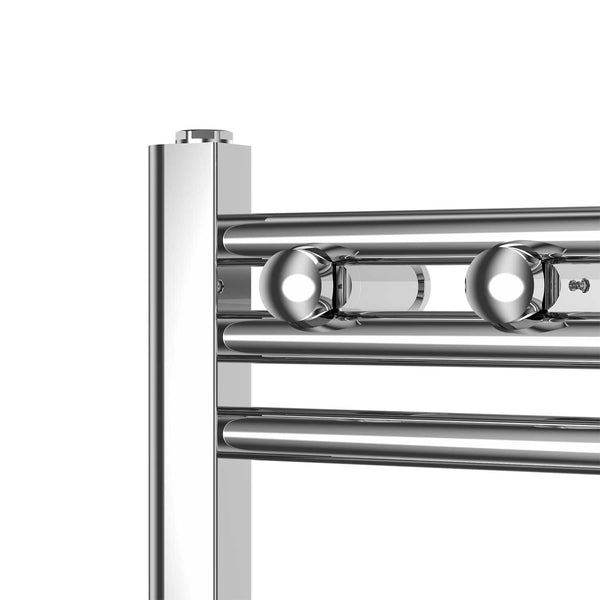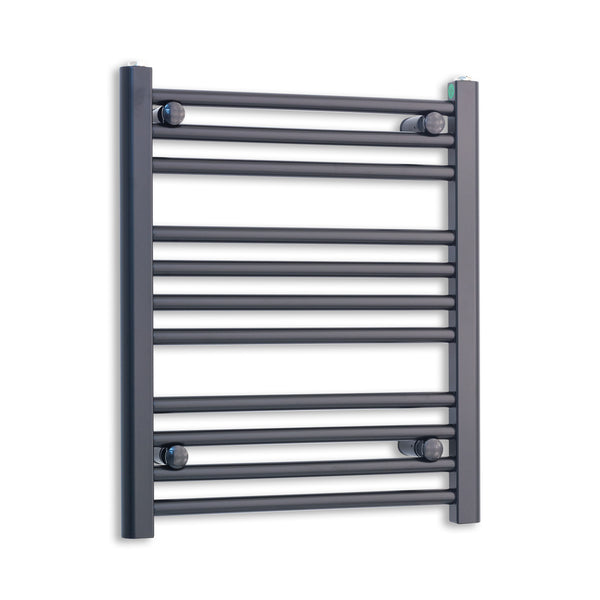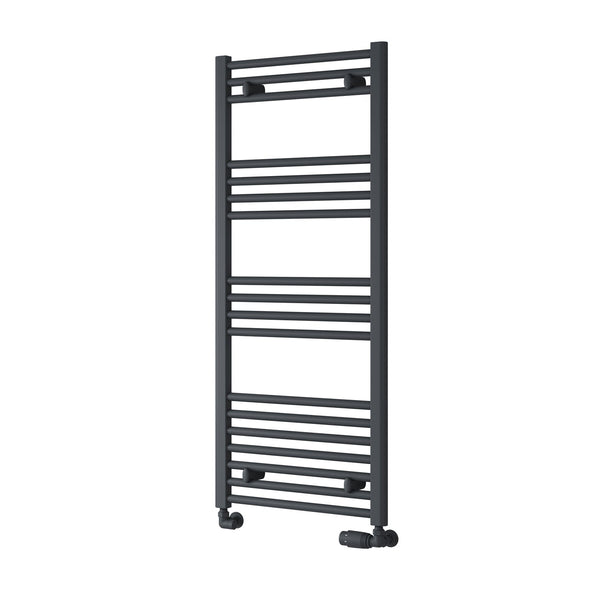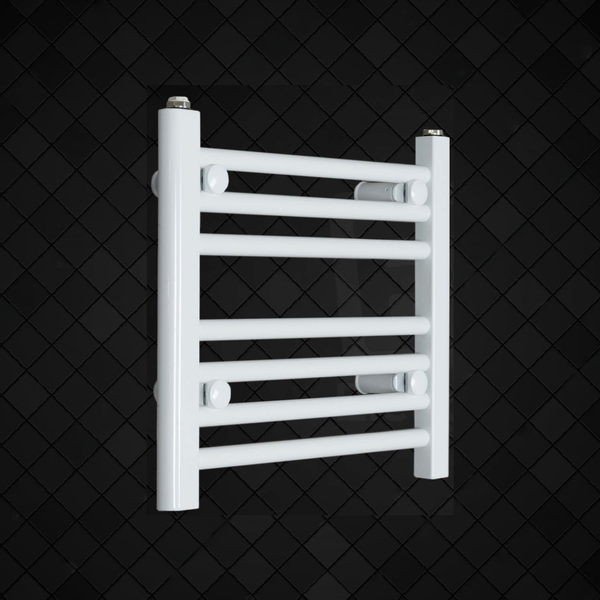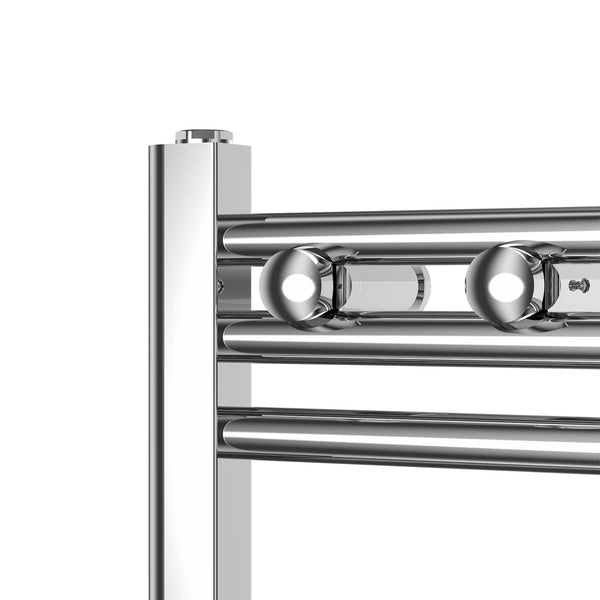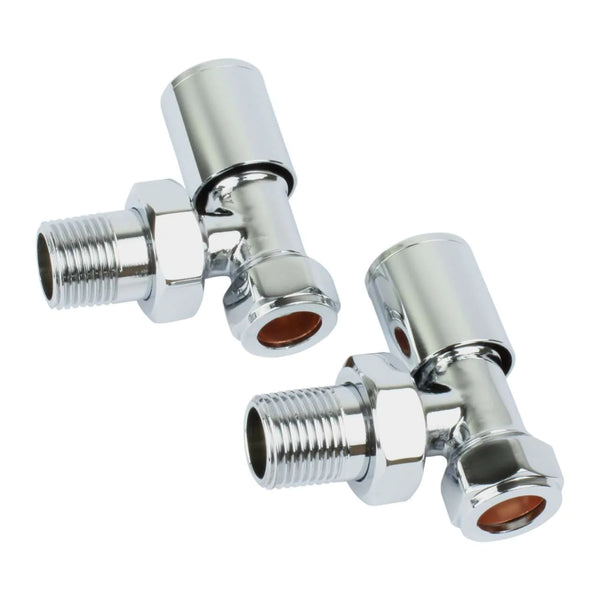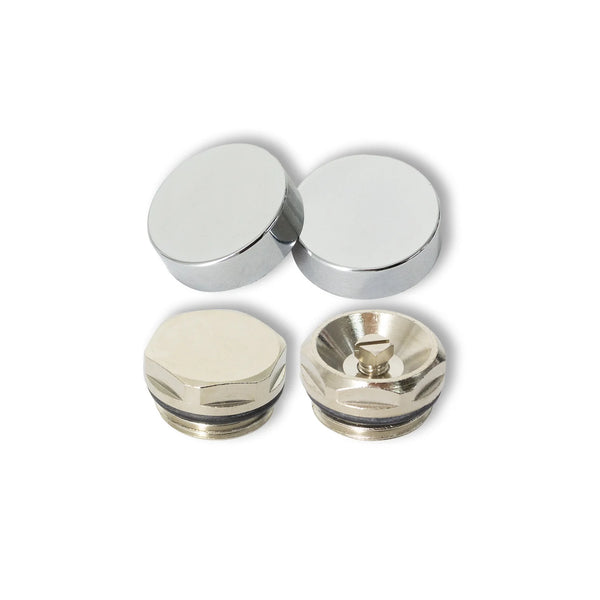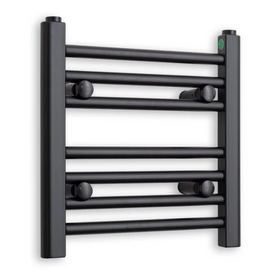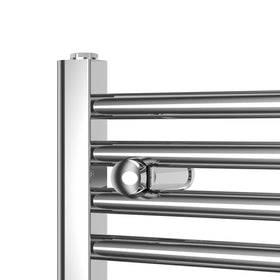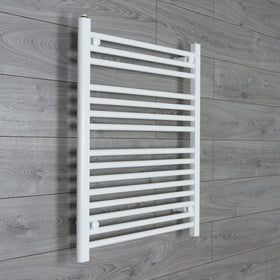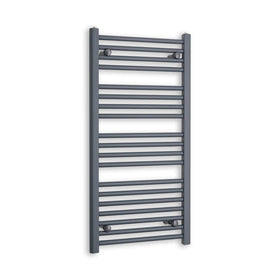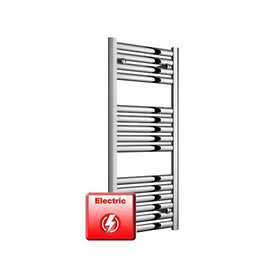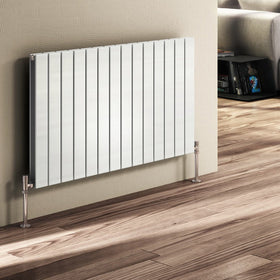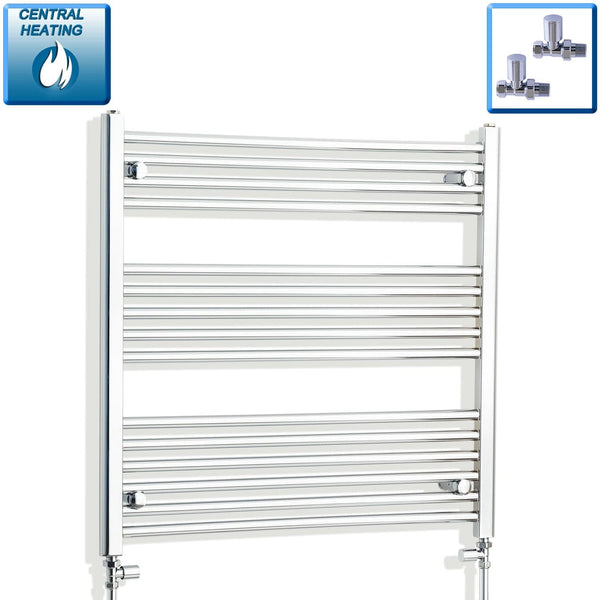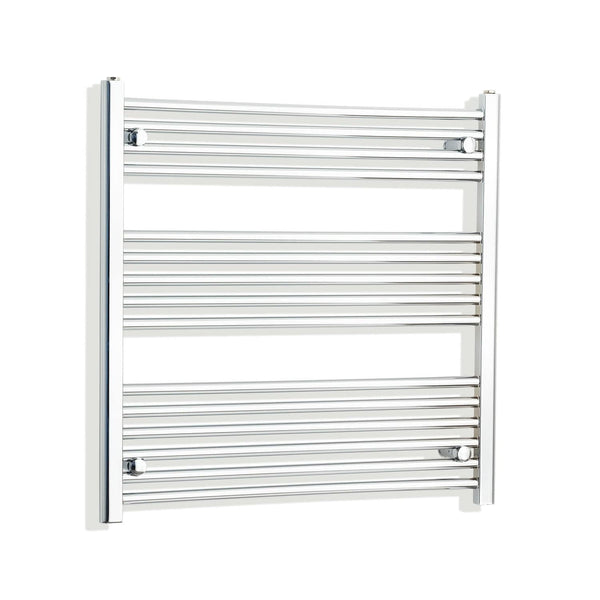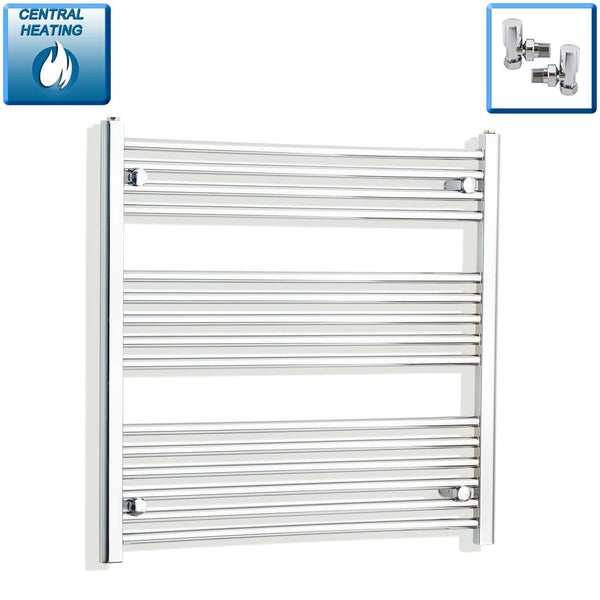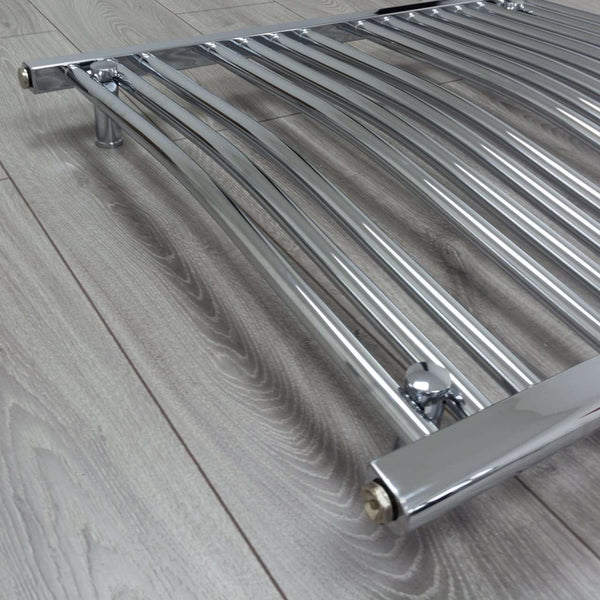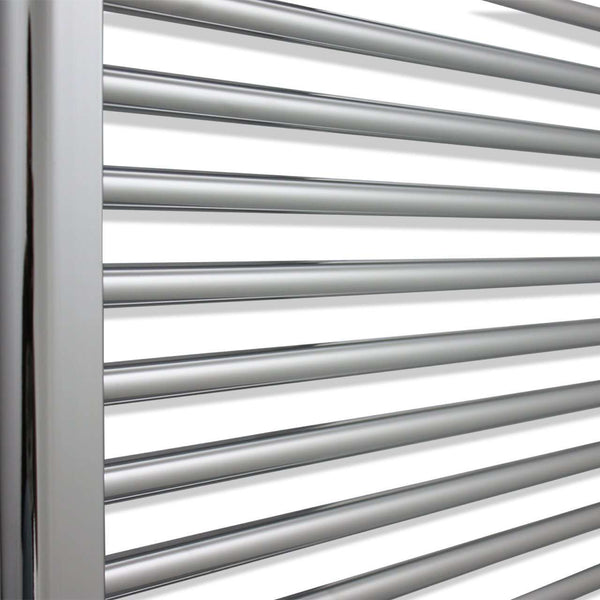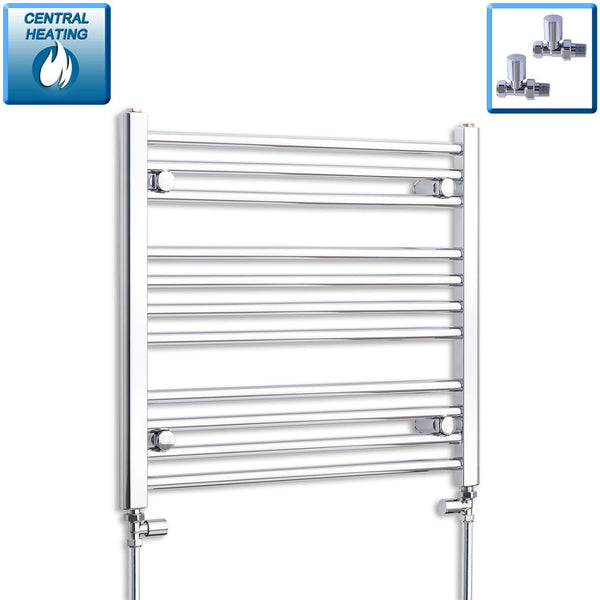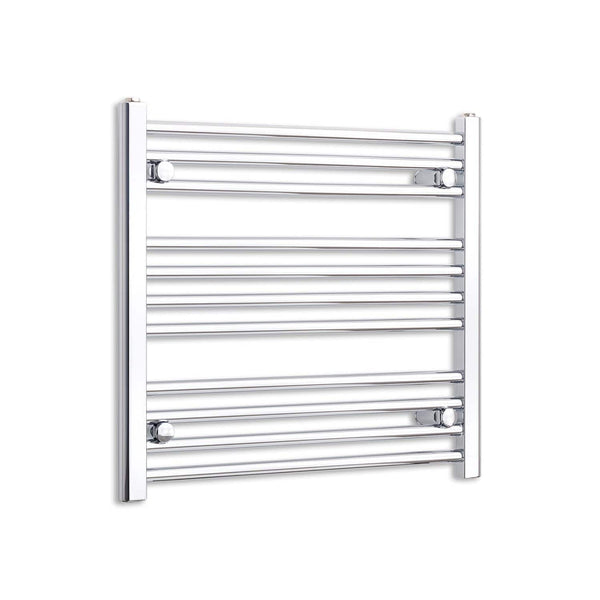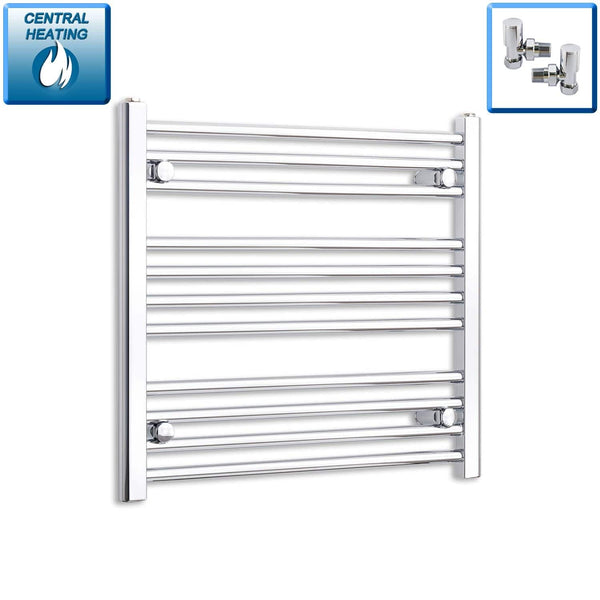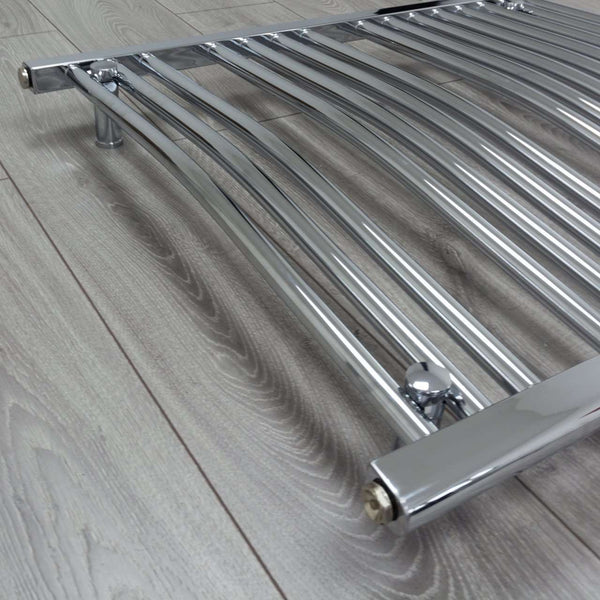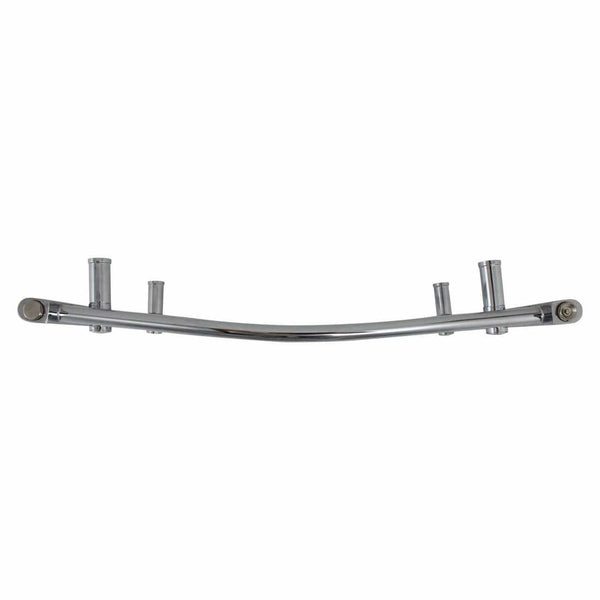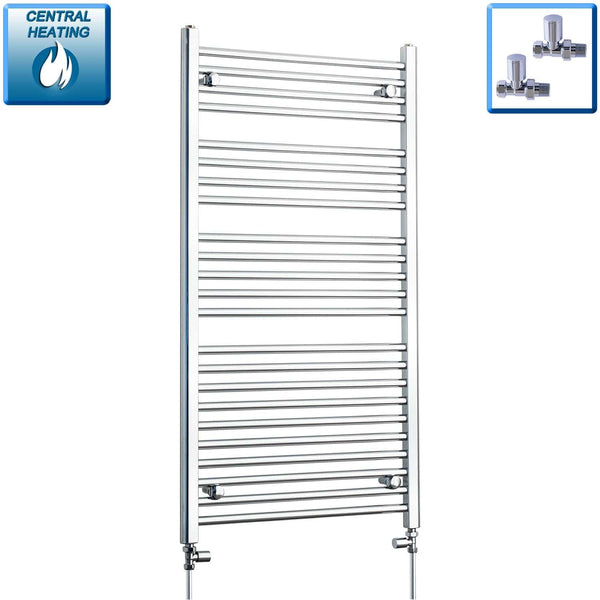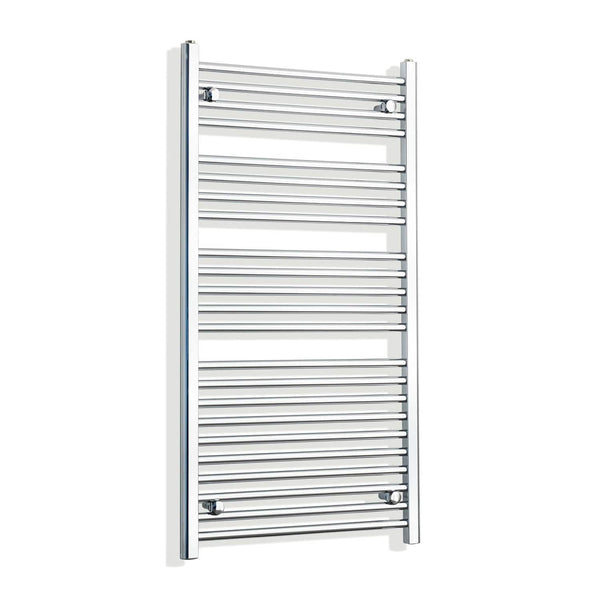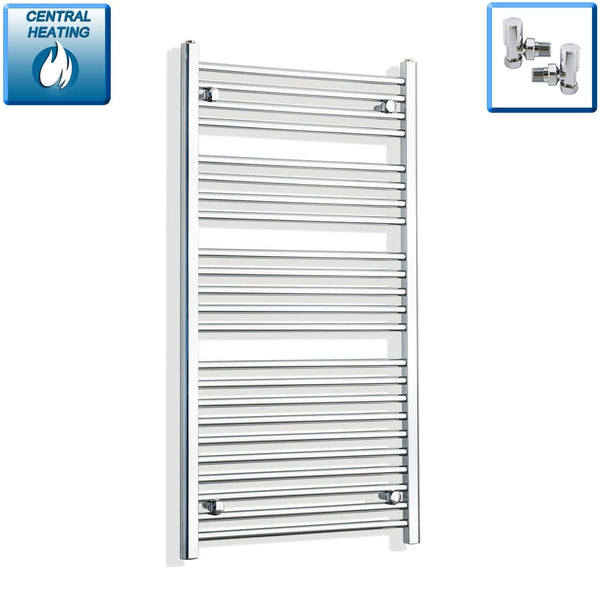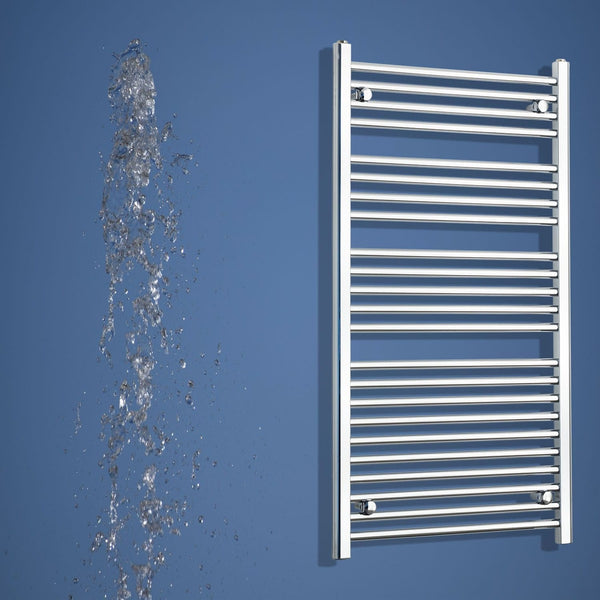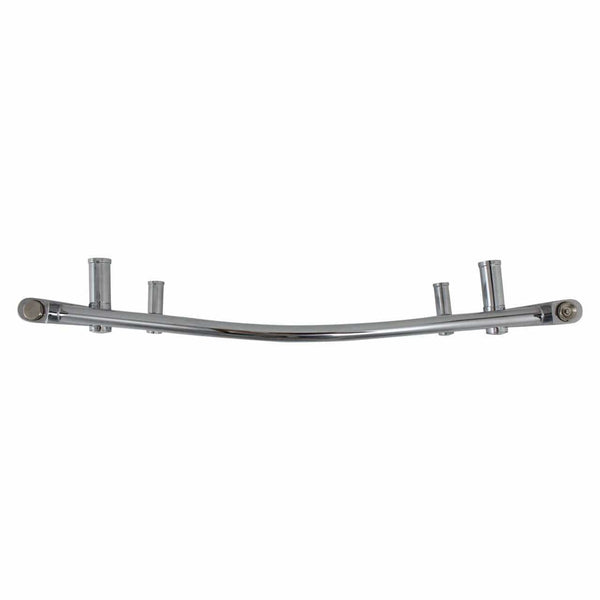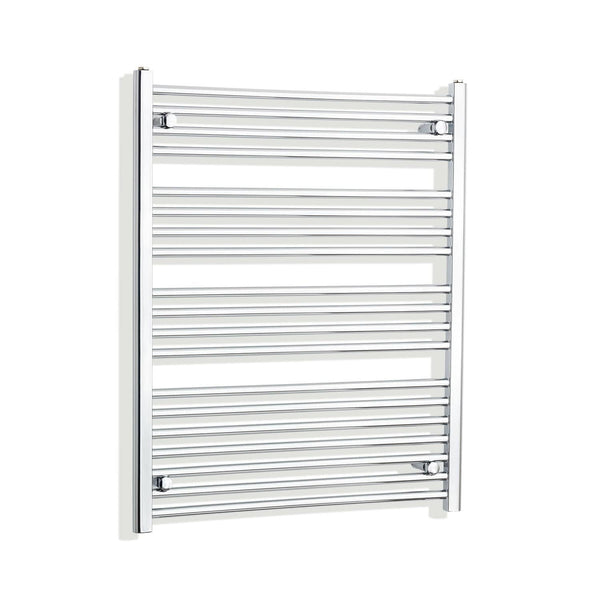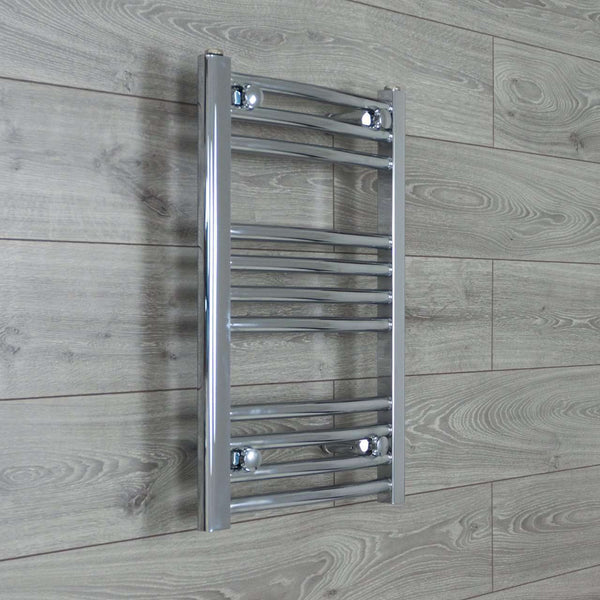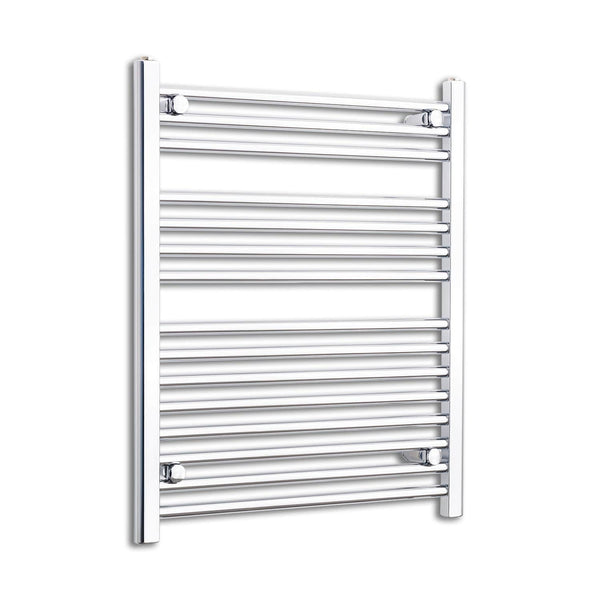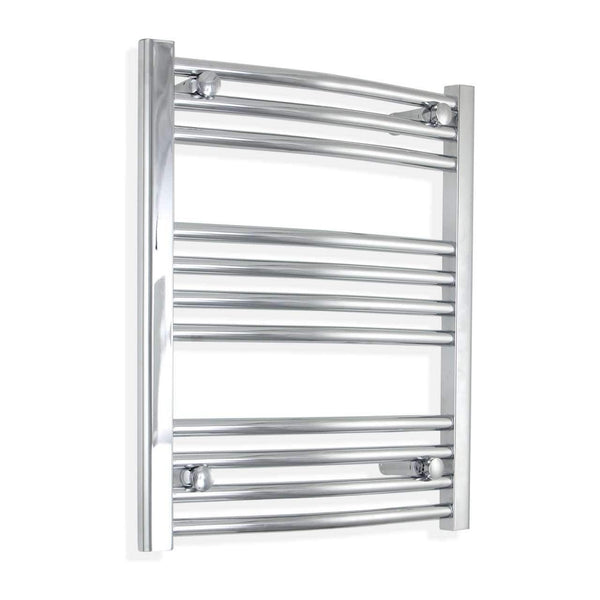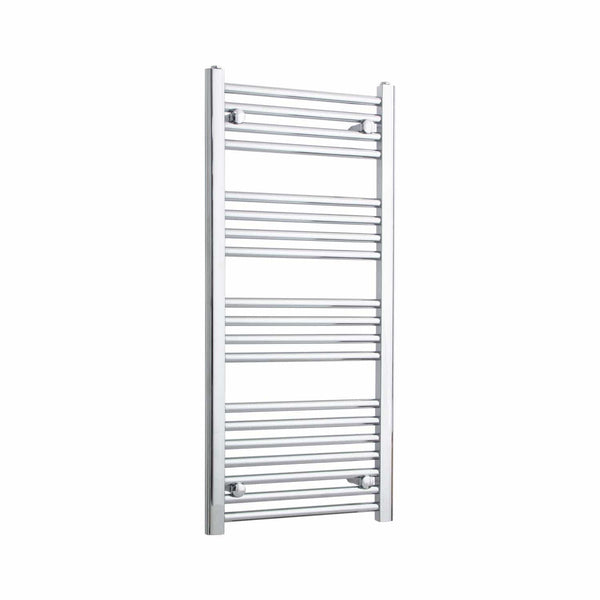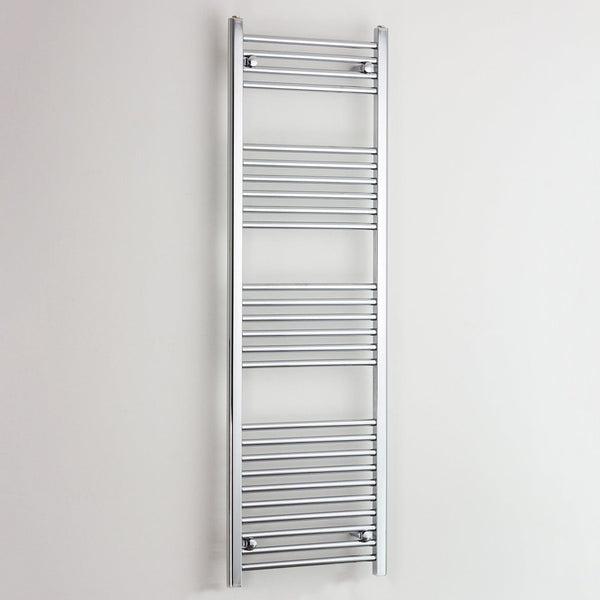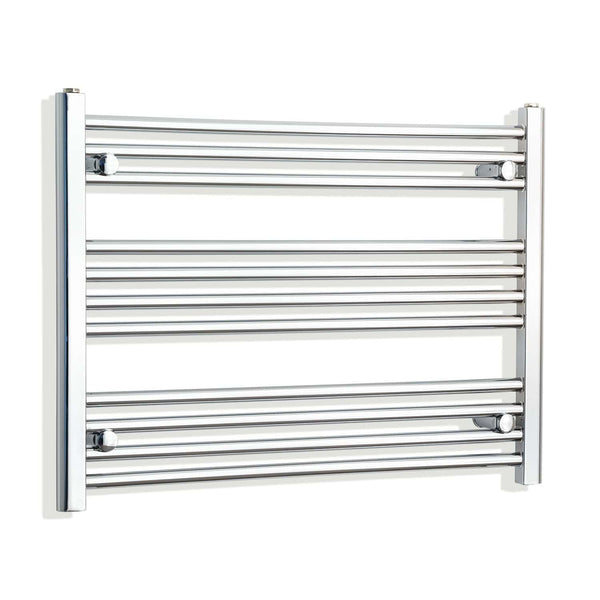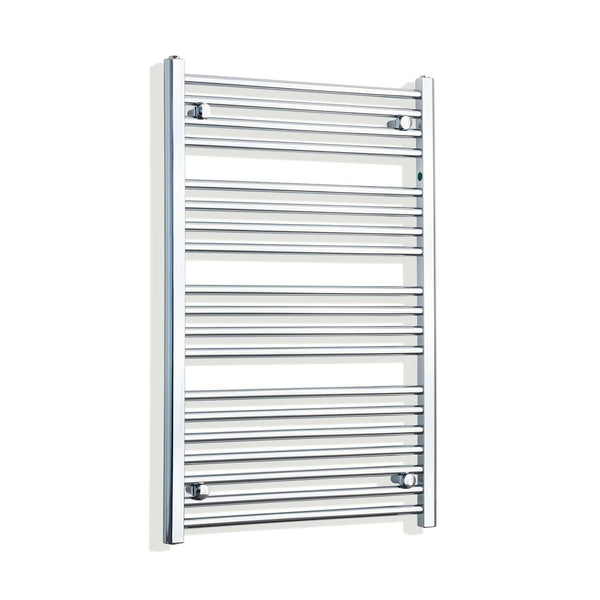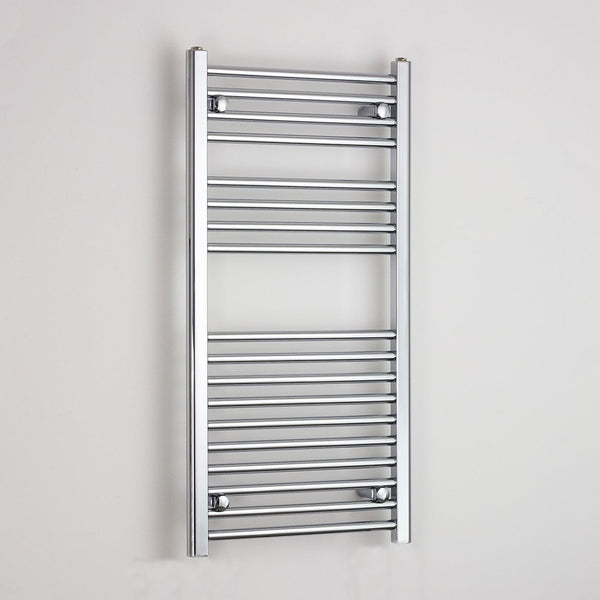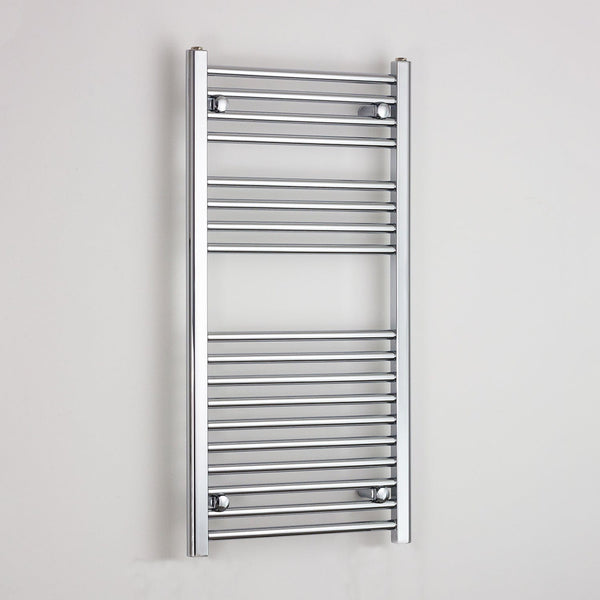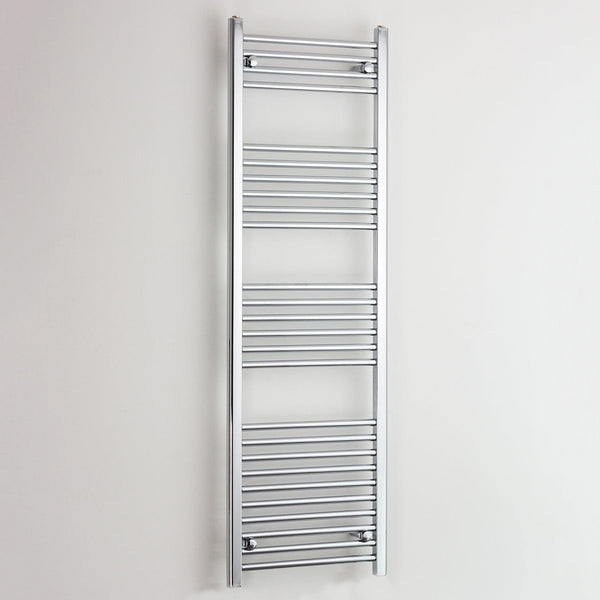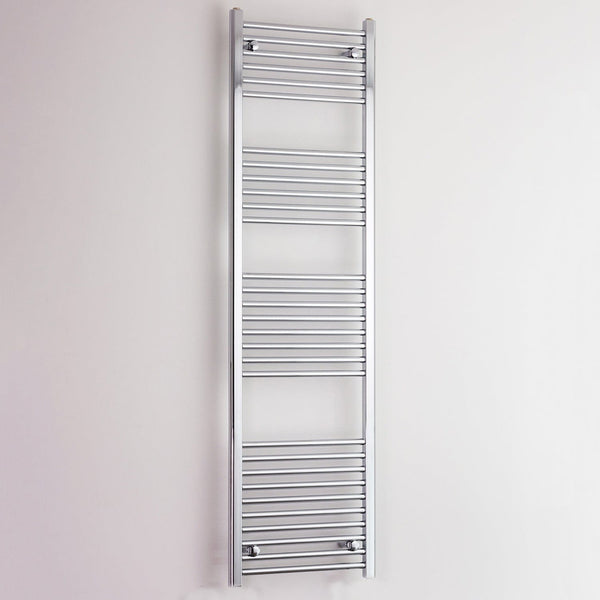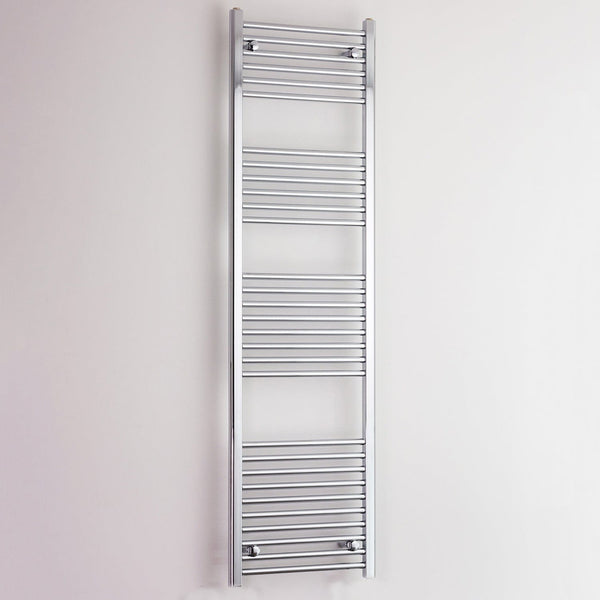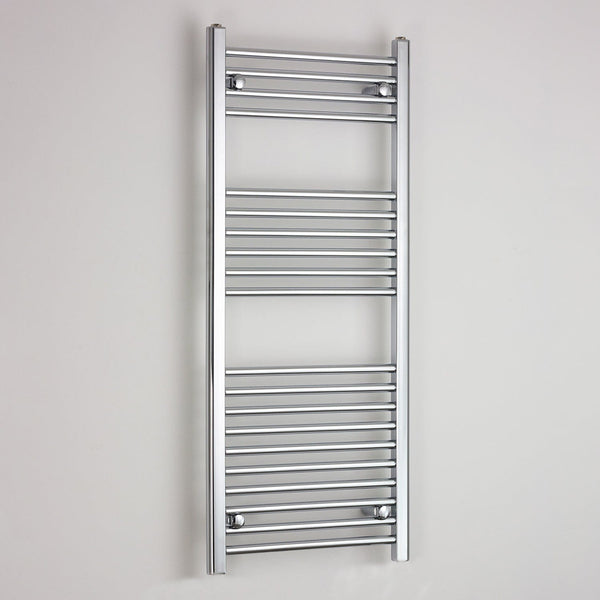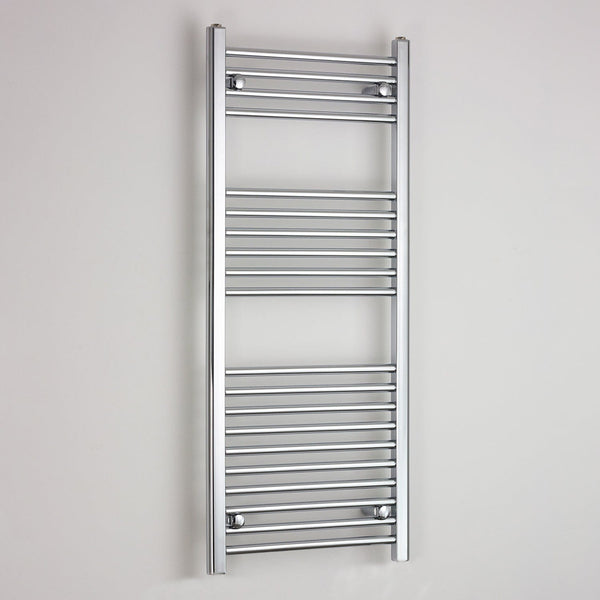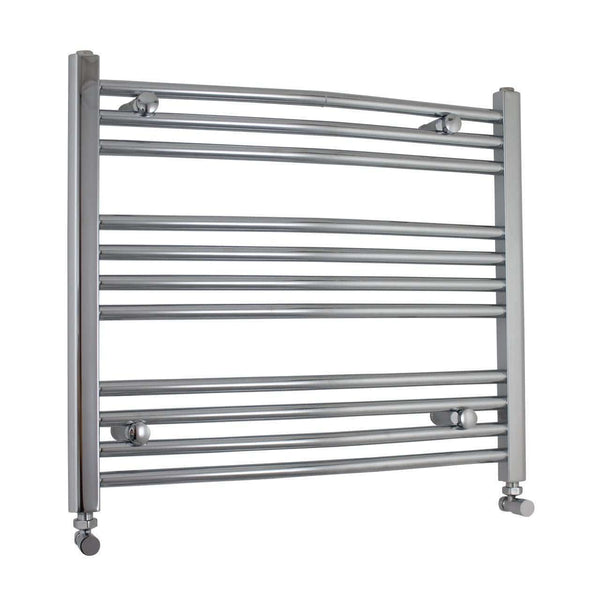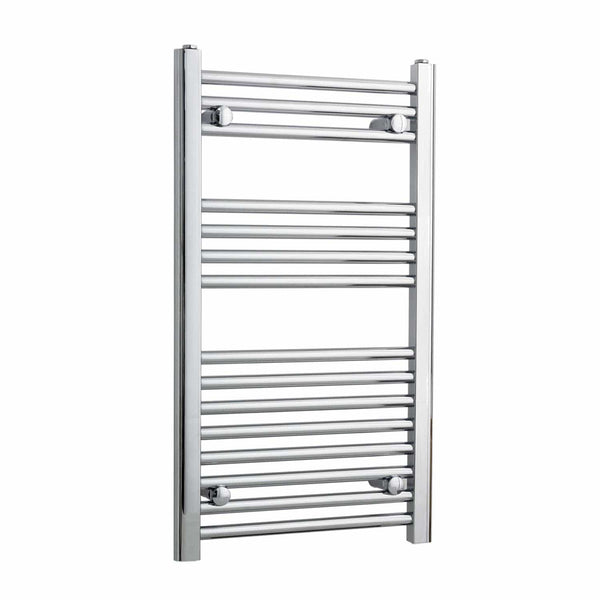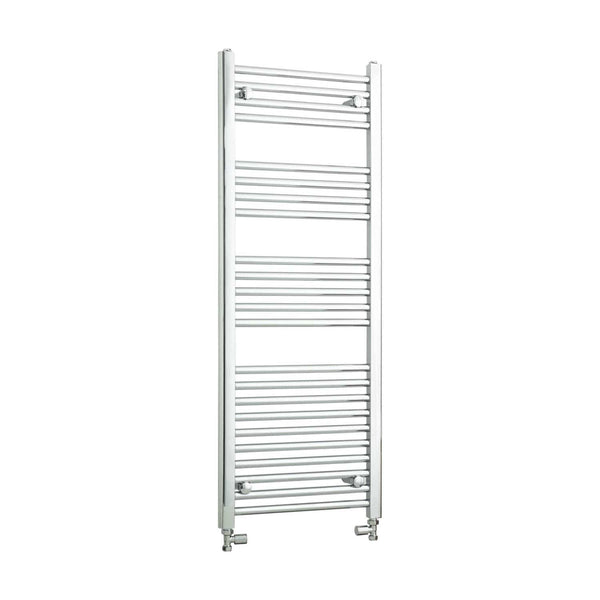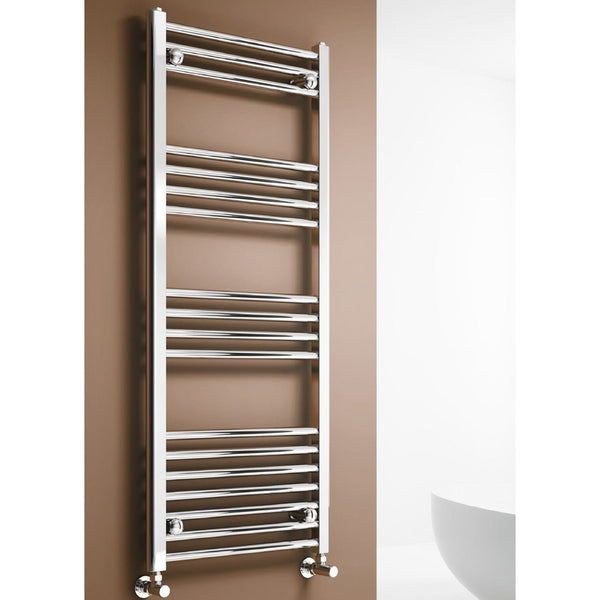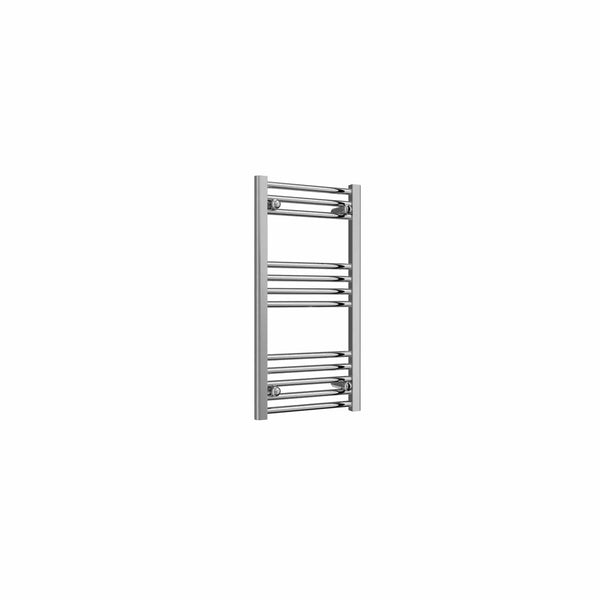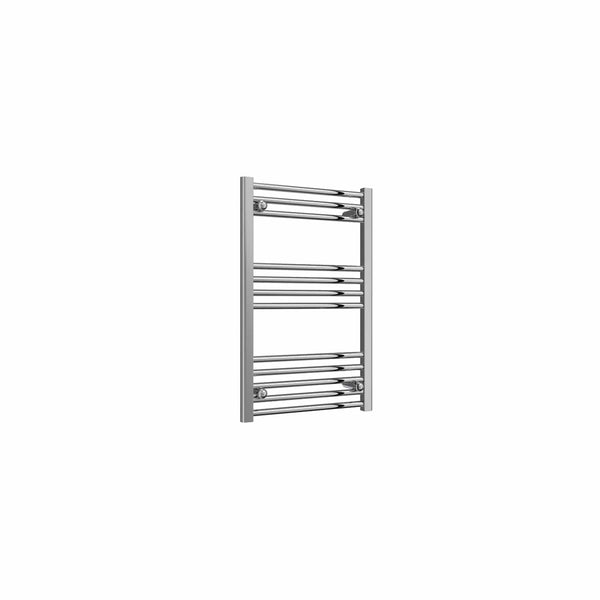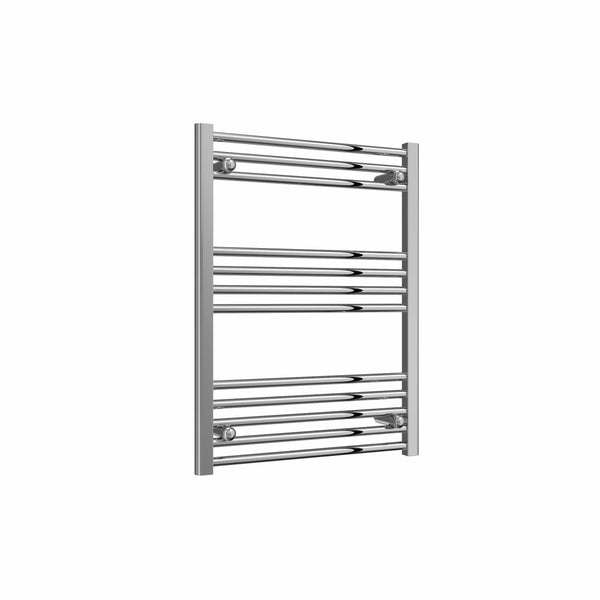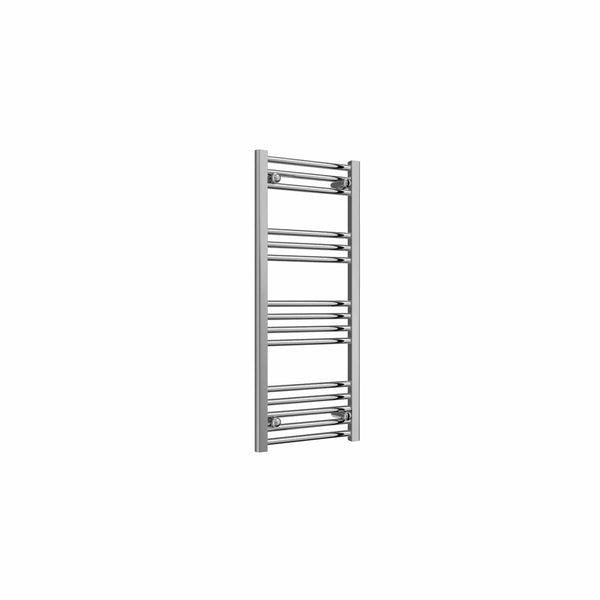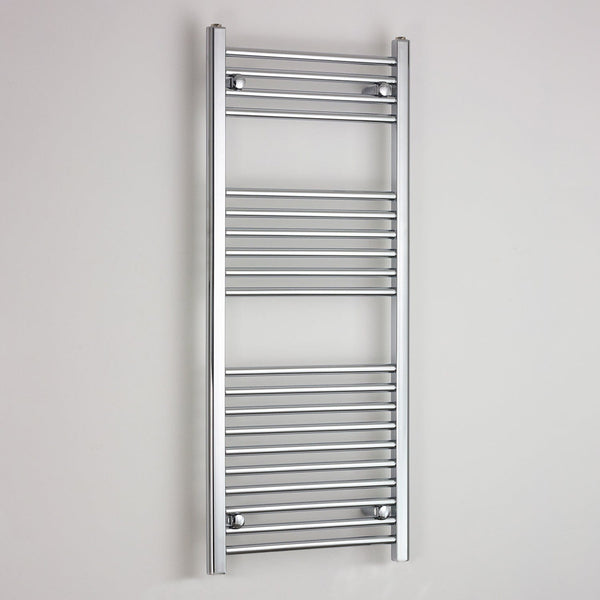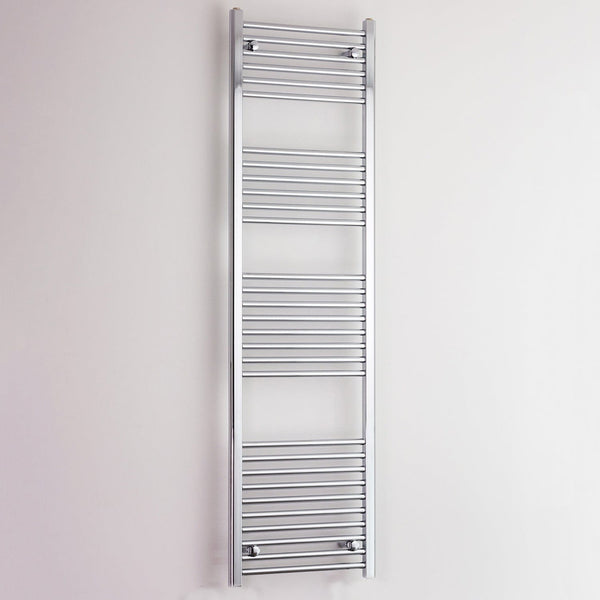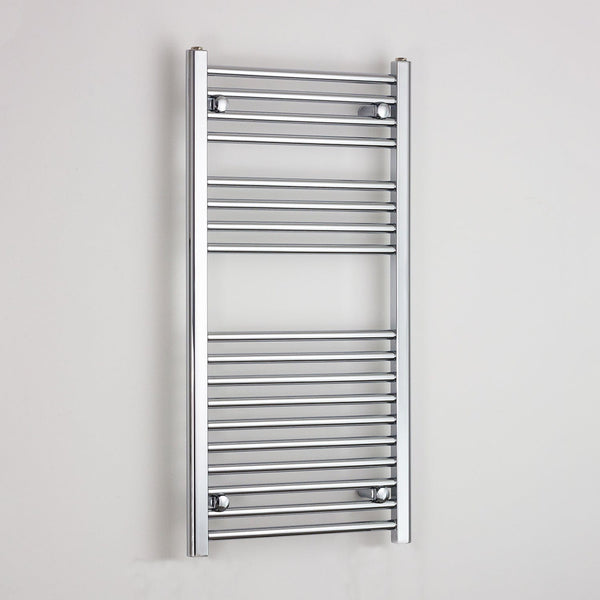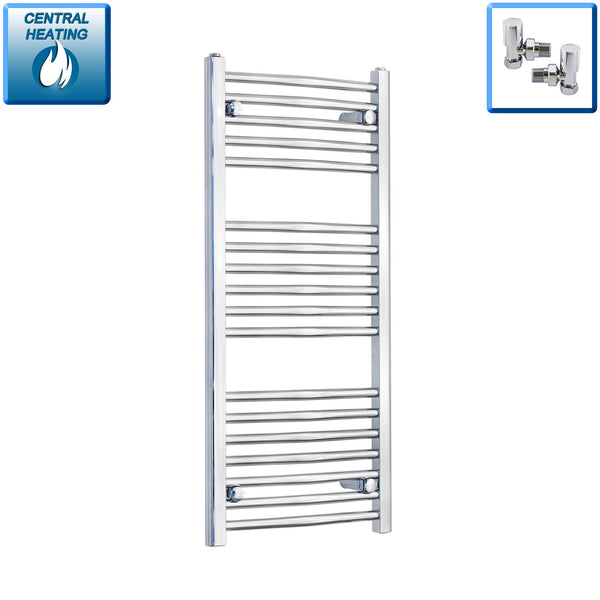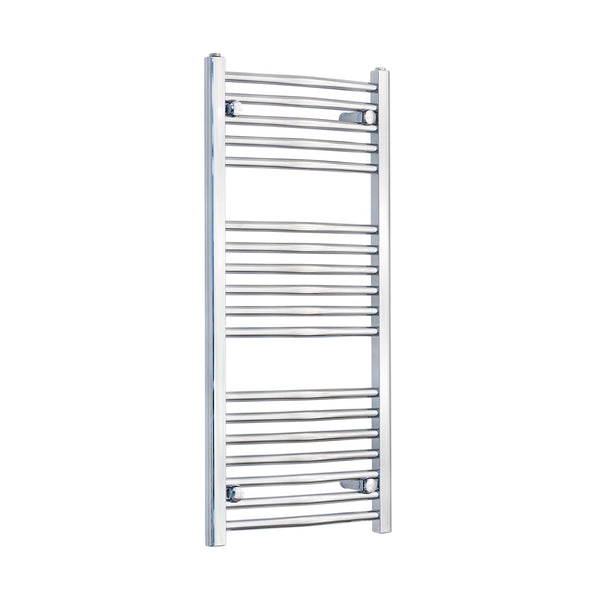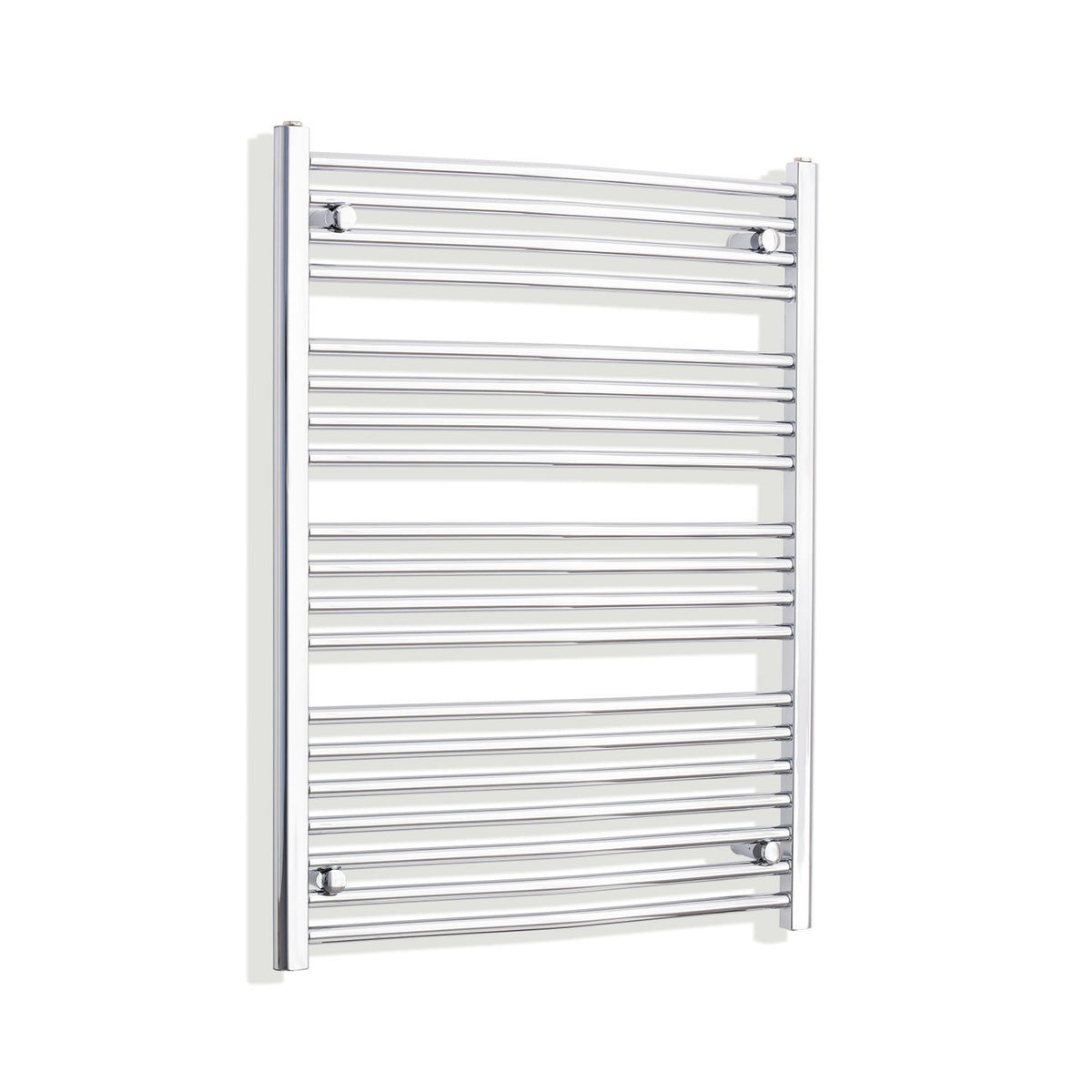
Curved Heated Towel Rails
In the pursuit of a perfect bathroom, every detail matters. A curved towel rail represents a thoughtful evolution in design, offering a sophisticated and highly practical...
29 products
29 products
Filters
1 - 29 of 29 items
Curved Heated Towel Rails
In the pursuit of a perfect bathroom, every detail matters. A curved towel rail represents a thoughtful evolution in design, offering a sophisticated and highly practical alternative to the standard flat-fronted radiator. Its gentle, elegant arc is not just an aesthetic choice; it’s a deliberate feature designed to enhance your daily life, making the simple act of retrieving a warm towel an effortless, luxurious experience.
The subtle forward projection of a curved heated towel rail creates more space, making it significantly easier to hang and dry thick, fluffy bath sheets and dressing gowns. This blend of ergonomic design and graceful style has made it a favourite among UK homeowners, interior designers, and bathroom renovators. Whether you're aiming for a sleek contemporary spa feel or a cosy, traditional retreat, a curved towel rail adds a layer of depth and functionality that flat models simply cannot match.
This definitive guide will explore every facet of curved towel rails. We will delve into the distinct advantages of the design, the variety of finishes available from classic chrome to modern anthracite and the different heating options, ensuring you have all the information you need to choose the perfect model for your home.
The Tangible Benefits of a Curved Design
Why choose a curve over a conventional straight design? The reasons are both practical and aesthetic, providing real world advantages you'll appreciate every day.
- Effortless Functionality: The primary benefit is ease of use. The space created by the curve allows you to slide towels on and off the bars with ease, without the awkwardness of trying to fit them into a tight space against the wall. This is especially noticeable with large, heavy bath sheets.
- Enhanced Drying Performance: The increased distance between the rails and the wall promotes better air circulation around your towels. This improved airflow helps moisture to evaporate more quickly, leading to faster, more efficient drying and reducing the chance of musty odours.
- A Softer, Elegant Aesthetic: Bathrooms are often dominated by hard lines and sharp angles. A curved towel rail introduces a gentle, organic shape that softens the room's overall look. It acts as a subtle but effective design feature, adding a touch of grace and a more "designer" feel to the space.
- Versatile for Any Style: While modern, curved rails are available in a huge range of styles and finishes. A curved chrome towel rail is a timeless classic, while a model in matte black or anthracite can create a stunning contemporary focal point. This versatility ensures there's a curved rail for every decor.
Finishes and Materials: Finding Your Perfect Style
A curved towel rail is a statement piece, and the finish you choose is key to defining its character. While the shape provides the function, the colour and texture provide the style.
- The Classic Chrome Curve: Unquestionably the most popular choice, a chrome finish offers a bright, mirror-like shine that is both timeless and hygienic. It reflects light beautifully, enhances the sense of space, and perfectly matches the majority of taps and shower fittings in UK bathrooms.
- The Modern Anthracite & Black Curve: For a bold, contemporary statement, a curved rail in anthracite grey or matte black is a superb option. These finishes create a dramatic contrast against light-coloured tiles and pair exceptionally well with modern, industrial, or minimalist design schemes.
- The Clean White Curve: A white curved towel rail offers a clean, fresh, and understated look. It can blend seamlessly into a light-coloured wall for a subtle effect or stand out against a darker background. It’s a versatile choice that suits both modern and traditional family bathrooms.
- Stainless Steel Options: For the ultimate in durability, a curved towel rail made from 100% stainless steel is the premium choice. The material itself is corrosion-proof, and it often comes in a sophisticated brushed or polished finish that differs from chrome's mirror shine.
Choosing Your Power Source (Heating Options)
Like their straight counterparts, curved towel rails are available in three heating configurations, allowing you to choose the perfect power source for your lifestyle.
- Central Heating (Plumbed): This is the standard option, where the curved rail connects to your home's boiler-powered central heating system. It functions just like any other radiator in your house, making it a very efficient way to heat the entire room.
- Electric: A self-contained electric curved rail is pre-filled and powered from your mains electricity. This makes it perfect for summer use or for homes without central heating. Look for energy-saving Lot 20 compliant models with built-in timers and thermostats for complete control and efficiency.
- Dual Fuel: Offering the best of both worlds, a dual fuel setup connects your rail to the central heating but also includes an electric element. This provides ultimate flexibility, allowing you to use your main heating in winter and the electric element for warm towels on cooler summer days.
Technical Details: Ensuring the Perfect Fit and Performance
To ensure your new curved towel rail is perfect for your space, pay attention to these final details.
- Sizing and Projection: When measuring your space, remember to account for the 'projection' – the distance the rail will stick out from the wall at its furthest point. This is a key dimension for curved rails, especially in smaller bathrooms or high-traffic areas. Height and width are measured as standard.
- BTU (British Thermal Unit) Rating: Don't just buy on looks alone. The BTU rating indicates the radiator's heat output. It's vital to choose a model with a BTU value high enough to warm the entire bathroom comfortably, not just the towels hanging on it. Use an online calculator to determine your room's specific needs.
- Installation and Fixings: A curved rail filled with water is heavy, and its projection adds slightly more leverage on the wall fixings. Ensure you use appropriate, heavy-duty wall plugs for your wall type (e.g., plasterboard vs. solid brick) to guarantee a safe and secure installation.
FAQ: Your Curved Towel Rail Questions Answered
Here are our answers to the 20 most common questions about curved heated towel rails.
1. Is a curved towel rail better than a straight one?
Neither is "better" – it's a matter of preference and priority. A curved rail is better for ease of use and drying thick towels. A straight rail is better for saving space and achieving a minimalist look. The choice depends on what is most important for your bathroom and lifestyle.
2. How far does a curved towel rail stick out from the wall?
This is known as the 'projection'. It varies by model but is typically between 90mm and 130mm from the wall to the front of the curve. Always check the specific product's technical dimensions before buying, especially if you have a narrow bathroom.
3. Does the curve affect the heat output (BTU)?
No. The BTU rating is determined by the total surface area of the radiator, its material, and its finish, not its shape. A 1200mm x 600mm curved rail will have the same BTU output as a 1200mm x 600mm straight rail in the same finish.
4. Does a curved rail hold more towels?
Not necessarily more, but it holds them more effectively. The extra space allows you to hang thicker towels without them being squashed together, which promotes better airflow and faster drying. So while the number of bars is the same, the functionality is improved.
5. Is it harder to install a curved towel rail?
No, the installation process is identical to a straight towel rail. It uses wall-mounted brackets and connects to your pipework or electrical supply in exactly the same way. The only difference is being mindful of the projection once it's on the wall.
6. Can I get a curved rail in a traditional style?
While most curved rails have a modern 'ladder' design, there are some 'column' style radiators that incorporate gentle curves. However, the classic traditional "ball-jointed" towel rail is almost always straight to maintain its period aesthetic.
7. What does BTU stand for and why is it important?
BTU stands for British Thermal Unit. It's a measure of heat output. It's crucial because it tells you if the radiator is powerful enough to heat your entire bathroom space, not just your towels. Always use a BTU calculator to find the right rating for your room.
8. Can I get an electric-only curved towel rail?
Yes. Electric curved rails are very popular as they can be used year-round, independently of your central heating. They are perfect for en-suites or bathrooms where extending pipework would be difficult.
9. What is a dual fuel curved rail?
It's a rail that's connected to both your central heating and the mains electricity. This gives you the flexibility to heat it with your boiler in winter and with its own electric element in summer, offering maximum efficiency and convenience.
10. What valves will I need?
For central heating or dual fuel models, you will need a pair of radiator valves. Choose 'angled' valves if your pipes come out of the wall, and 'straight' valves if they come up from the floor. We recommend matching the valve finish to your rail (e.g., chrome valves for a chrome rail).
11. How do I clean my curved towel rail?
The method depends on the finish. For chrome, use a soft microfibre cloth; a 50/50 water and white vinegar solution adds shine. For matte finishes like anthracite or black, avoid polishes and just use a soft cloth with water and a mild, pH-neutral detergent to prevent marking.
12. Are the brackets supplied with the rail?
Yes. All our curved towel rails are supplied with a full set of wall brackets, plugs, and vents designed specifically for that model.
13. Can I use a curved rail as my bathroom's only heat source?
Absolutely, as long as you select a model with a suitable BTU rating for the size of your bathroom. Larger curved towel rails can easily replace a standard radiator and provide ample warmth for the whole room.
14. What are 'pipe centres'?
This is the distance between the centre of the two pipe inlets on the radiator. This measurement is vital for your plumber to position the pipework correctly during the first-fix stage of a renovation.
15. What is the warranty on a curved towel rail?
The warranty is an excellent sign of manufacturing quality. Our curved towel rails come with comprehensive warranties, typically ranging from 5 to 10 years, against any manufacturing defects. Please see individual product pages for specific details.
16. How do I bleed a curved towel rail?
The process is the same as for a straight rail. Turn off the heating. Use a bleed key to slowly open the small valve at the top of the rail. You will hear air hissing out. Once water begins to dribble, close the valve firmly.
17. Do I need a plumber and an electrician to install a dual fuel rail?
Yes. A qualified plumber is required for the pipework connection to the central heating system, and a certified electrician is required to safely connect the heating element to the mains electricity supply in compliance with bathroom safety regulations.
18. What does Lot 20 compliant mean for an electric curved rail?
Lot 20 is a UK/EU energy efficiency standard. A compliant electric rail must have intelligent, energy-saving features, including a 24/7 timer, precise thermostatic control, and often advanced features like 'open window detection'. This ensures it uses minimal energy, saving you money on your electricity bills.
19. Can I install a curved towel rail on a plasterboard wall?
Yes, but it is essential to use appropriate heavy-duty plasterboard fixings, not standard wall plugs. Fixings like toggle bolts or grip-its are designed to distribute the weight. Given the extra leverage from the curve, ensuring a secure fixing is paramount.
20. Does the colour or finish affect the price?
Yes, typically there is a price variation between finishes. Standard white is often the base price. Chrome involves a complex electroplating process and is usually more expensive. Designer finishes like anthracite, black, or stainless steel also command a premium due to the manufacturing processes involved.
